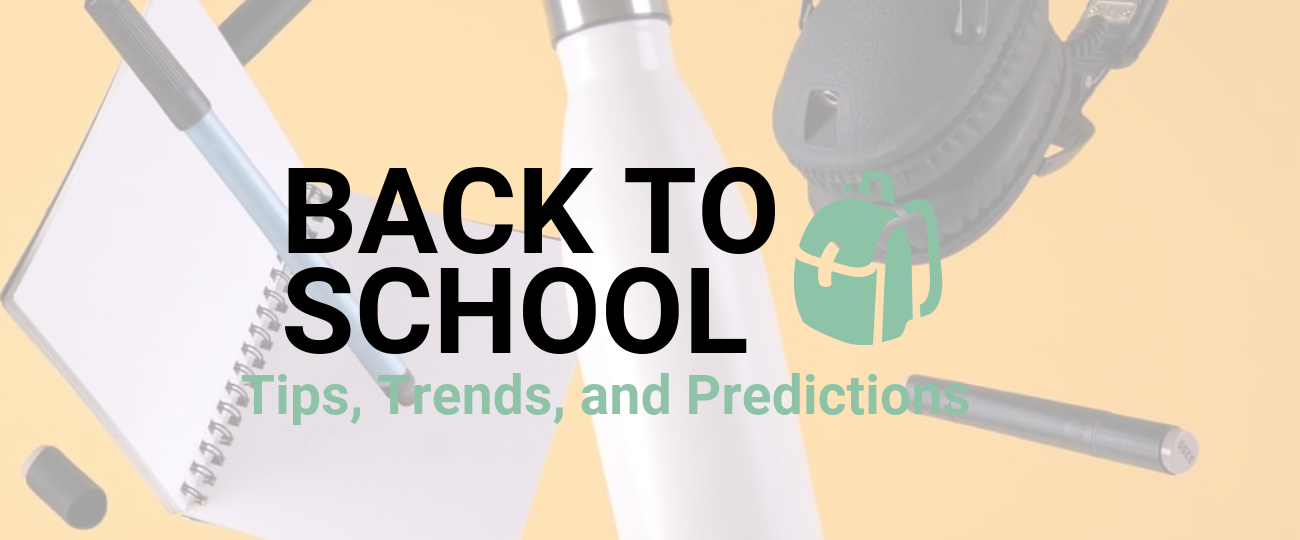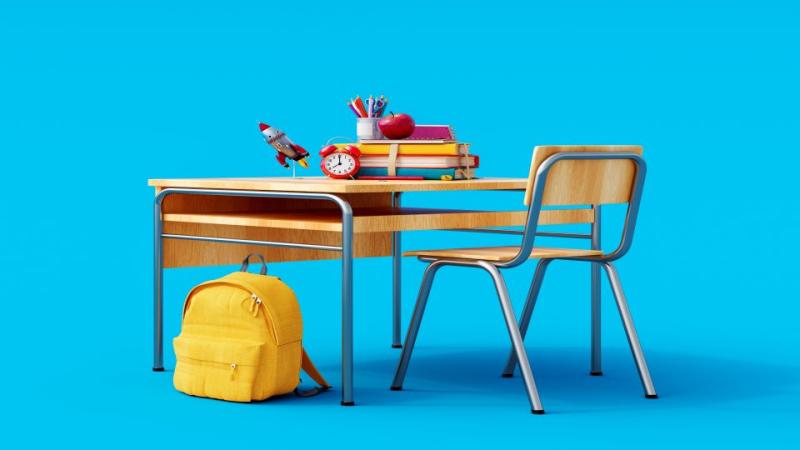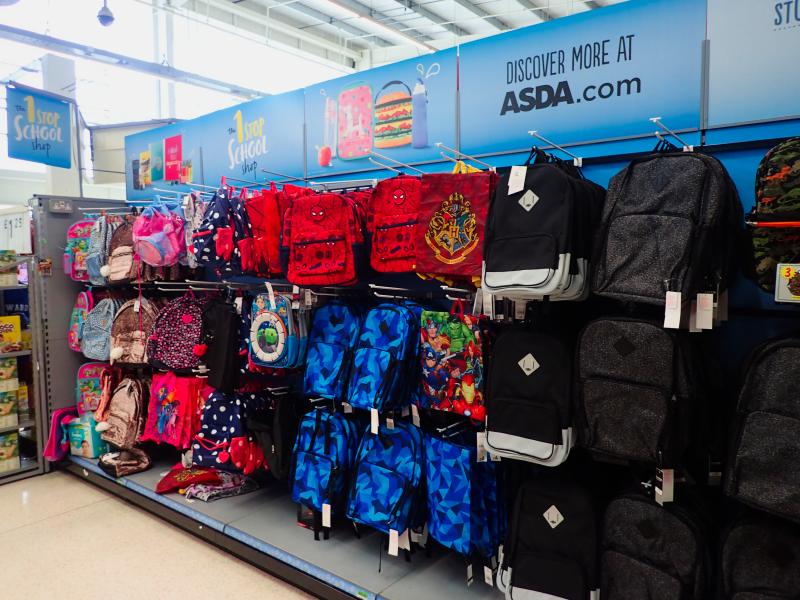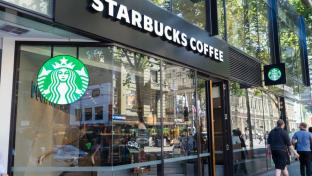Back to School: Tips, Trends, and Predictions
Expect students to be wearing new clothes and sporting the latest technology this fall as back-to-school shopping totals could reach over $110 billion despite inflation, according to industry projections.
And it’s not when school shopping will begin, it’s already begun. According to LTK, a global influencer marketing platform, purchases began in June but rev up at the end of July. It states that convenience will be crucial as “shoppers adjust their behaviors due to rising inflation and inventory shortages.”
The National Retail Federation’s annual back-to-school survey predicts the average household to spend $1,199 per child returning to college this fall, which is on par with last year’s mark. Yet the total spent will be nearly $74 billion, up from $71 billion last year. Families with children in grades K-12 will spend a total of $37 billion this year, an average of $864, which is up $15 from last year.
Apparel was down last year due to some students still learning from home, but a near complete return to in-class learning means clothes from a year or two ago just no longer fit, says Forbes, who predicts that category could see a jump up to 13%.
The ability to try on and self-model shoes, sneakers, and clothes in brand stores has led to a growth in in-store shopping so far this summer, as the Commerce Department has reported that the digital age is not preventing families from heading back into stores.
How Leading Retailers Are Attracting Shoppers
Unpredictable inflation is forcing families to have to cut back elsewhere to meet these costs, as the NRF report states that 38% will spend less elsewhere to account for the back-to-school expense.
“Families consider back-to-school and college items as an essential category, and they are taking whatever steps they can, including cutting back on discretionary spending, shopping sales and buying store- or off-brand items, in order to purchase what they need for the upcoming school year,” said NRF president and CEO Matthew Shay in the report.
To combat this, brands are offering pre-made checklists, discount promotions, and the lure that most schools will be in person, so presentation is important.
Walmart has prioritized convenience this year with recommended checklists so parents will be covered for all categories of school supplies. The online classroom hub has made it easy for educators to create a supply list that is easily shareable to the class — parents can simply search their school name or zip code. Walmart is also promoting 100 items under a dollar and free shipping for purchases over $35.
Target also wants to be a destination for supplies and furnishings. By using the Target Circle rewards program, students can get a 20% discount on a one-time purchase (up from 15% last year) until Sept. 3. Teachers with valid credentials will receive 15% off on supplies until Sept. 10.
In regards to tech, Apple is pushing hard for students to be taking class notes on an iPad with an iPencil or on a Macbook by offering gift cards eligible for any future purchases instead of last year’s free Airpod offer. Now, purchasers of Mac computers are awarded gift cards of $150 and $100 for iPads, plus the regular educational discount. Applecare is also available for 20% off.
Back-to-School Spending By the Numbers
The NRF report stated that the pandemic has increased purchasing, as families spent roughly $168 less per K-12 student and $223 less per college student before 2019. Electronics is the leader in back-to-school sales for both categories, as consumers are expected to spend $18 billion for college and $13 billion for K-12. Dorm furnishings and clothing were expected to reach 10 billion in sales each for college students, while K-12 students will be purchasing clothes ($11 billion) and new shoes ($7 billion).
Online shopping is the method that most shoppers are prioritizing for both college and K-12, as half of those gearing for college will make purchases online (43% for K-12.) Yet projections look promising for in-person shoppers as 45% of K-12 students and 36% of college students will purchase something from a retail store, says NRF. Discount stores account third for both markets (40% of K-12 shoppers, 29% for college).
Both markets will make purchases from clothing stores, electronic stores, and office supply stores while college students will also purchase from the college bookstore, home decor stores, and drug stores.
4 Key Takeaways
1. Consumers are concerned about inventory — that items will not be available in late August. Use your technology to communicate between digital and in-person sales to make your customers confident your products are available.
2. Consumers have merchandise already in their inbox but some delay purchasing anticipating competitor deals. Make your discounts known to your customers with regular communication.
3. Customers are increasingly engaging with social media to make purchasing decisions. Nearly half will visit social media accounts for a sense of the brand’s style and attitude. A creative online presence will help drive direct purchases from social media.
4. In the end, consumers want convenience and affordability. Provide easy suggestions or checklists, with impressive promotions and loyalty point opportunities along with free shipping.







